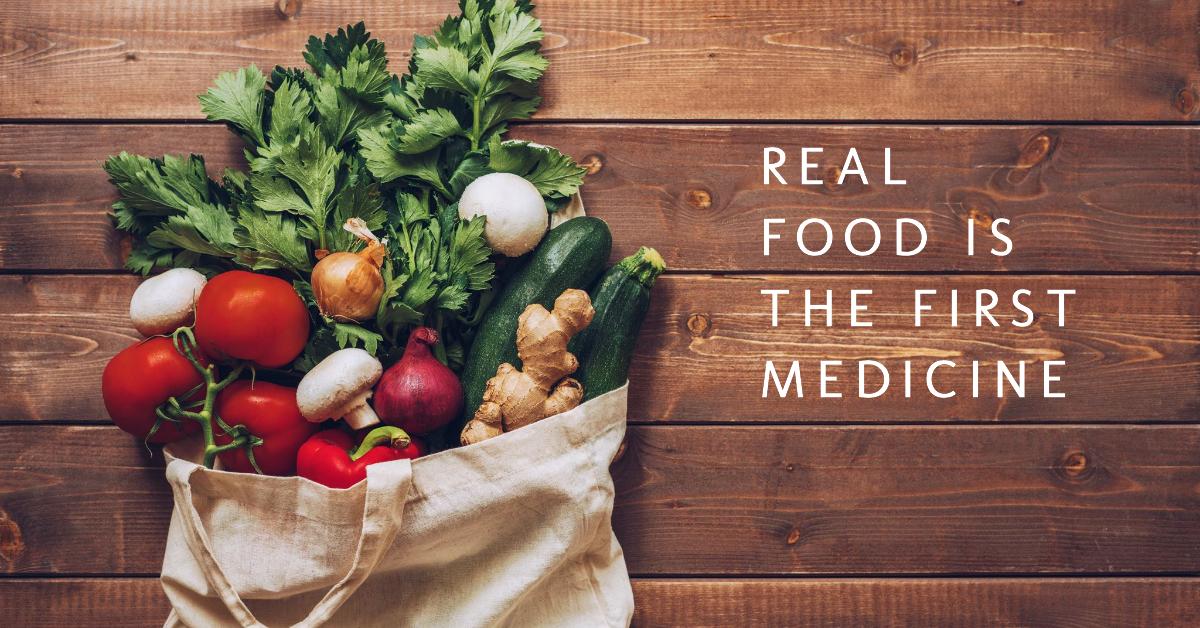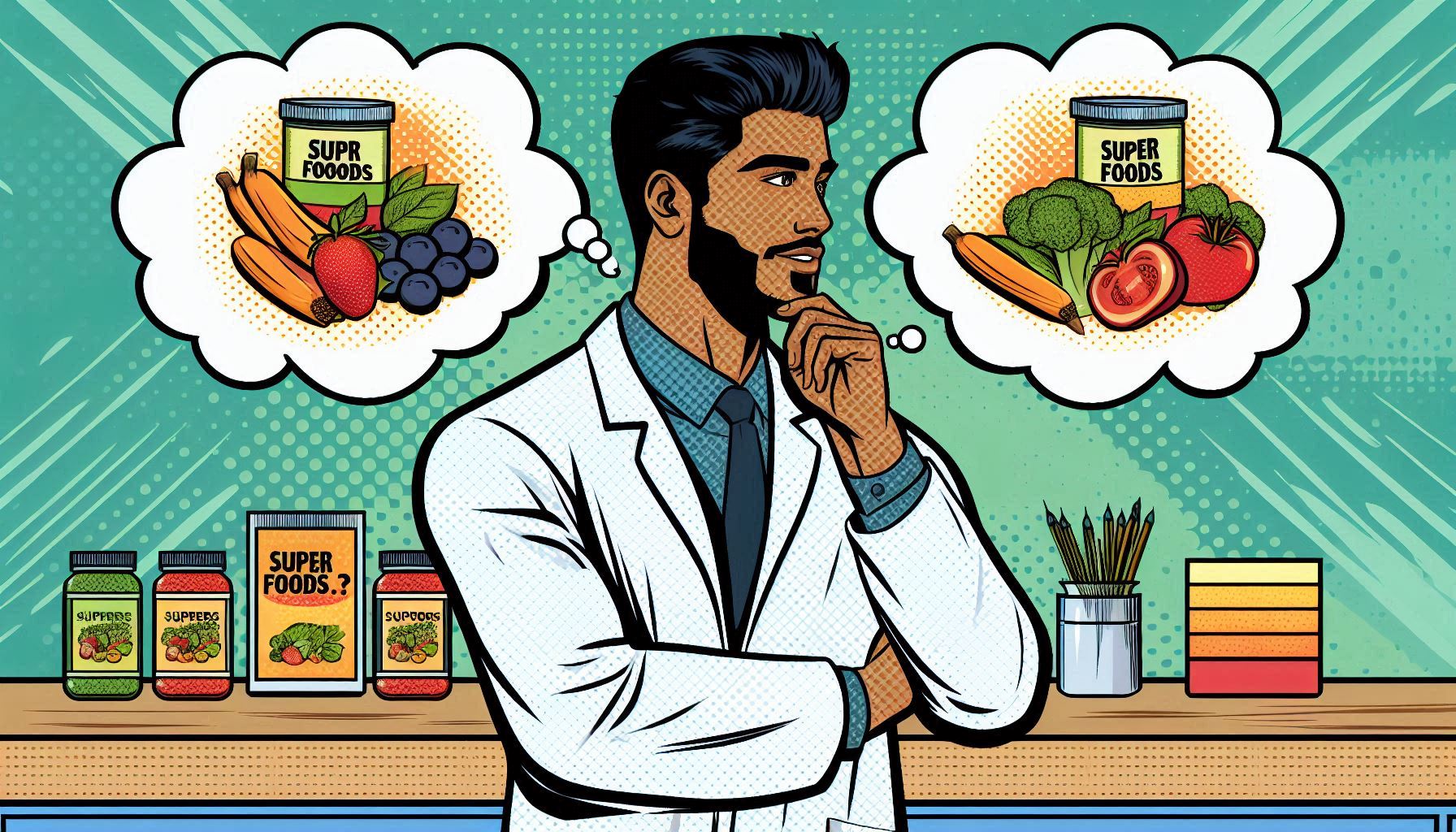Your cart is currently empty!
Why all the rage about fiber

Fiber is that “It factor”, it’s the friend that you didn’t know you needed but can’t live without. It’s symbiotic. In this article, I’m going to cover what fiber is, the types of fibers, the pros and cons, and how it affects our gut-brain axis and mood.
Let’s get started.
Fiber is roughage. Fiber is naturally found in plants, such as fruits, vegetables, grains, and legumes.
Our bodies cannot make, digest, or absorb fiber. You may ask why do I need something that my body cannot make? Short answer, for many, many reasons …but let’s go a little deeper.
Fiber stays intact through its journey in the body and there’s a purpose to it. A why , to why fruits and vegetables were created for us.
The two cousins, soluble and insoluble fiber
So, fiber consists of two types, which are soluble and insoluble. It is characterized further by viscosity (how thick it is), and fermentability (how it ferments or breaks down). Soluble and insolubility have to do with its relation to water. Fiber is either water soluble or water insoluble.
Let’s talk about it further.
Cousin Pretty Soluble
Soluble fibers consist of polysaccharides such as pectin, mucilage, and gum which are primarily found in an assortment of fruits, oats, and beans. Soluble fibers love water, and when these two mesh, the soluble fiber dissolves and turns into a beautiful gel in our digestive tract.
Why cousin soluble?
Cousin Soluble is pretty and she knows it! She also knows that it’s not a party without her. Soluble is pretty good at reducing the body’s ability to absorb fat and she’s quite vital to our digestive and absorptive processes.
Let’s break that down a bit, because the goal is to get you to understand just how valuable and essential fiber is to your body.
Digestive process are the processes or steps required to break down food to be used by the body. Digestion is chewing the food, swallowing the food, food traveling into stomach and then into the intestines for further breakdown.
Food needs to stay in the body for a while for us to really gain and appreciate the benefits of eating.
Soluble provides this, she slows down the breakdown of food, delays gastric emptying and makes way for the body to absorb the fats, nutrients, vitamins, minerals, starch, and sugars.
Absorptive processes are what’s absorbed and how much. When food goes right through you, meaning you eat and thirty minutes or so later, you’re pooping, you didn’t absorb much, if at all. Thus, you could be deficient in macro and micronutrients.
Key benefits of Soluble fibers
- Slows digestion, so you feel fuller longer
- Enhances immune function
- Reduces the body’s ability to absorb fat
- Lowers blood sugar levels by decreasing absorption of glucose
- Lowers cholesterol levels
- Feeds the microbiome, increases healthy gut bacteria
Nearly 20% of consumed dietary fiber is soluble. Below is a quick list of foods that are high in soluble fiber.
Foods that provide soluble Fibers
- Apples
- Barley
- Beans, legumes
- Carrots
- Citrus fruits
- Oats
- Peas
- Psyllium
- Dried Prunes
- Grapefruit
- Flax seeds
Cousin Darn Insoluble
Insoluble fiber consist mainly of cellulose, hemicellulose, and lignin. Present in wheat bran, most grain products and vegetables. Insoluble Fiber, unlike its cousin, does not dissolve in water, it absorbs water and sticks to material in our gut to form nice, healthy stools.
why cousin insoluble?
Cousin Darn Insoluble is popular and the money behind party. Without smart, dependable insoluble it is nearly impossible to have regular bowel movements and avoid constipation without laxatives and stool softeners.
Key benefits of Insoluble fiber
- Helps the body process waste better
- Shortens bowel transit time
- Increases bulk of stool
- Reduces risk of colorectal conditions
- Improve bowel health by promoting regular movements
Foods that provide insoluble fiber
- Cauliflower
- Flax seeds
- Beans & Peas
- Nuts
- Berries
- Wheat bran
- Chia seeds
- Quinoa
- Okra
- Root vegetables, such as potatoes, turnips, carrots
- Peanut butter
- Couscous
- Amaranth
- Peanut butter
How much fiber do I need?
According to the National Institute of Health, only 5% of U.S. citizens consume the recommended amount of daily fiber and that the average consumption is around 16 grams daily.
Daily fiber intake varies based on age and sex; general guidelines are listed below.
- Women under 50 are recommended to consume 25 to 28 grams of fiber per day.
- Men 50 years and younger are recommended to consume 31 to 34 grams of fiber a day.
- Women 51 years of age and older require about 22 grams of fiber per day.
- Men 51 years of age and older require about 28 grams of fiber per day.
Many of the foods we eat have both forms of fiber, which is a beautiful thing but if you are in the 95% that doesn’t consume the recommended amount. Take it slow.
The body needs fiber and although it is highly beneficial and essential to several body functions, too much too fast will have you hating fiber and blaming the beans.
The effects of too much too quickly fiber consumption
The stomach talks and it is not happy! Eating a high fiber diet when your body hasn’t had time to acclimate to it leads to bloating, gas, lots of gas, cramps, and abdominal discomfort. An excessive amount of fiber may cause issues with the absorption of iron, zinc, magnesium, calcium, and phosphorus.
80% of the dietary fiber we consume is cousin Darn Insoluble and she absorbs water. This can lead to dehydration, especially if you are not adequately hydrated.
Benefits of Fiber
- Stools are easier to pass
- Improves colorectal health and lowers risk of colorectal and breast cancer
- Heart health, may help prevent and control high blood pressure
- Improves immune function
- Improves metabolism
- Better blood sugar control and less insulin resistance
- Feel full longer
- Prevention of symptoms of depression, stress, and anxiety
- Has an active role in the gut-brain axis
- Improves our mood and cognition
Fiber & The Gut-Brain Axis
Fiber plays a pivotal role in the gut-brain axis, not only does it impact mood and cognition, but it shapes the gut microbiota. Which is a big word to capture all of the organisms present in the gut.
In an upcoming post we’ll discuss on a deeper level the gut-brain axis and fiber. So, stay tuned.
Fiber deserves its respect; it is important to many functions and processes in the human body. A happy, healthy person consumes whole foods that are rich in fibers, minerals, macronutrients, and antioxidants that feed not only the body, but the brain, and emotional systems.




